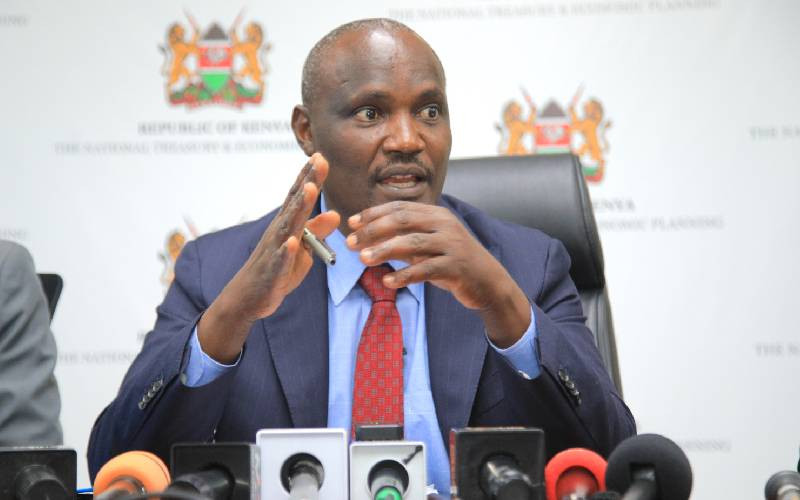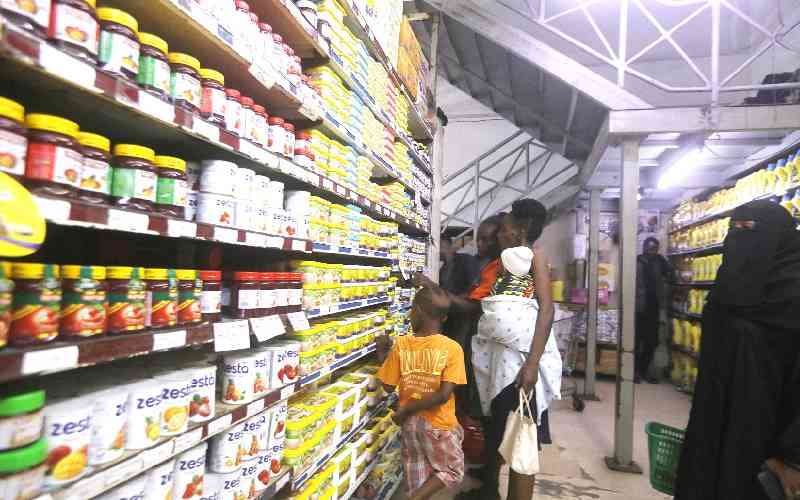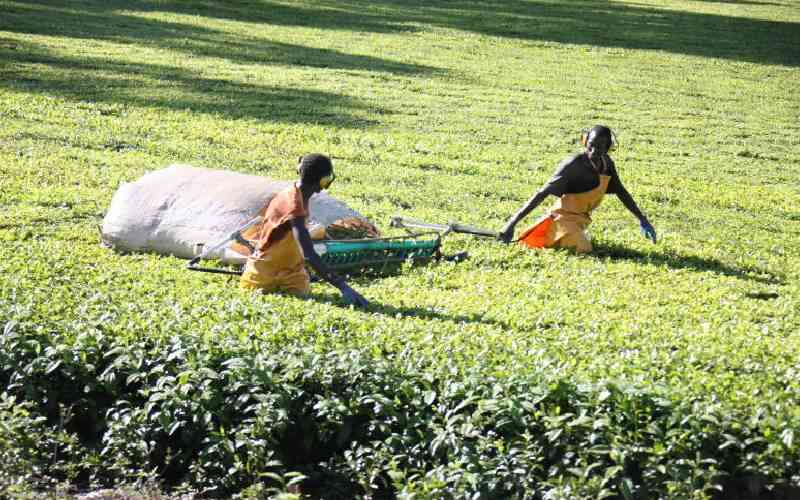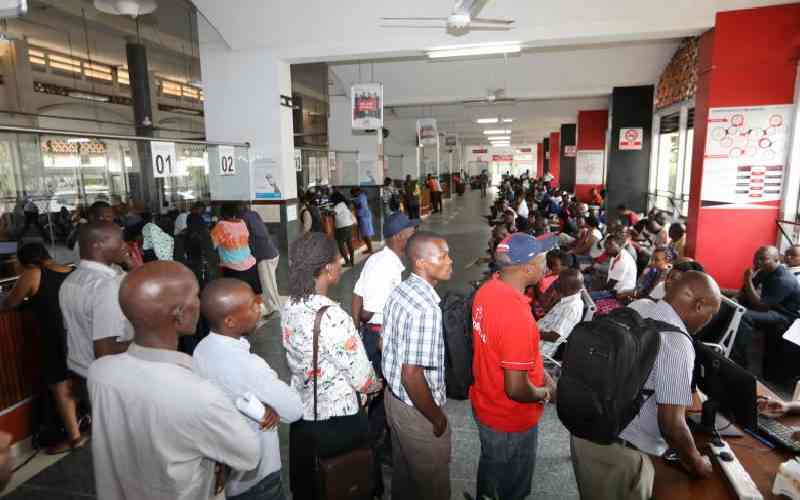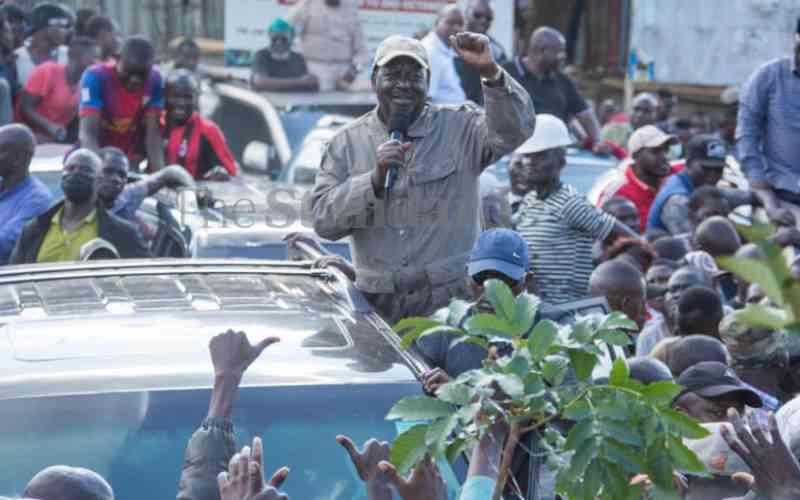
There is a strong case to suggest that Kenya is designed for distraction if not destruction. Indeed, it would even seem that the economy thrives in this place of noisy and rambunctious politics, even though we all claim to want a country of peace and stability. Or maybe it's the other way around, and our unjust peace and stability is the Newtonian reaction to the risk of falling off the cliff. Why the events that sum up the place we call Kenya are not the subject of a TV drama or a political movie that is actually a thriller is beyond me. That's Vision 2030 for our creatives right there!
So where is the distraction nowadays? Is it in the snowballing of political to people protests against a "Jekyll and Hyde" administration that can't seem to buy itself a good week these days? Is it in the mainstream and social media hullabaloo over 50 Chief Administrative Secretaries (CASs)? Or is it about the tales of macro-fiscal crisis we are endlessly regaled with as inherited from the previous administration? And, if these are distractions, then what are we being distracted from?
